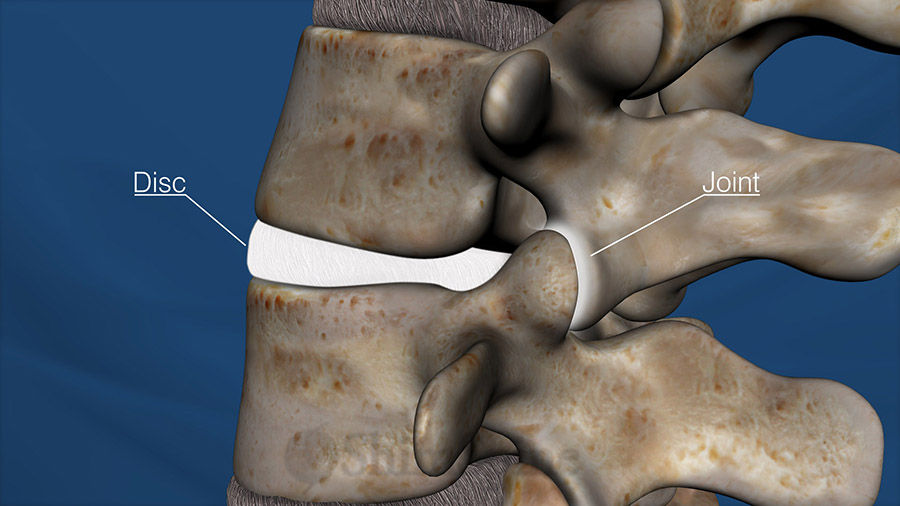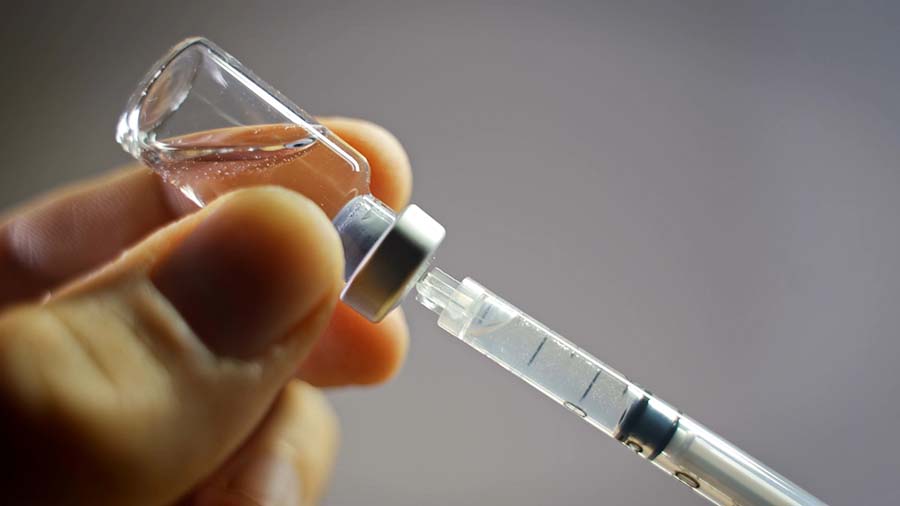Stem Cells for Back Pain: 2020 Update
What’s the update on stem cells for back pain? The last time I talked about this was in 2018. So what’s the latest news about this controversial topic?

If you watch any advertisement for this procedure online or on TV, you would think it was an approved, tried and true procedure for improving back pain. As of now, that is simply not the case.
Determining if stem cells can relieve back pain is more complicated than you think.
First of all, doctors still have trouble determining the cause of back pain. Is it from a bad disc? Bone spurs on your nerves? Overstretched muscles and ligaments? Or is it due to the wear and tear caused by arthritis of your spine? Unfortunately, most of the time, doctors don’t know the answer to these questions. Fortunately, most episodes of back pain do improve or resolve themselves.
However, if the pain does not improve, it can be a very long and frustrating process trying to identify the cause. Sometimes, doctors inject different parts of the spine with numbing medicine. If the pain goes away after the injection, it is possible that they found the source. Of course, this is provided the medication was injected into the right area, and that the injection showed a greater effect than a placebo. (My prior blog explains placebo. Please review the blog if you are unfamiliar with the term.)
The premise behind using stem cells for back pain is that they will enable the injured areas to regenerate to their normal, healthy state. Some doctors inject stem cells into the discs, hoping the disc will regenerate back to normal. Others inject stem cells into the joints of the spine in hopes of re-establishing normal cartilage in the joints.

The assumption is that the abnormal joints, or the abnormal discs are the source of the pain. As I mentioned earlier, it is not always clear if these assumptions are correct.
In addition, the required concentration of stems cells, the harvesting of stem cells, and their ability to live in the injected areas are still being studied.
While multiple studies have been performed, none have addressed all of these concerns. Furthermore, the very nature of human studies makes the research complicated. It’s hard enough to take one group of real live people, give them a treatment, then find another similar but distinct group, give them a non-effective treatment, and then follow both groups for an extended period without bringing in various biases to the study. The logistics alone are enough to give anyone a headache. Then, you have to take into account all the real and personal ethical concerns involving human subjects in experiments.

Could you imagine if you were in a study, not knowing if you received the real stem cells? And even if you received the real stem cells, what if you were given the minimum concentration, which might have the same result as the control group? Could you imagine if we put a large needle in your hip, drew out your stem cells, but didn’t use them because you were in the control group? What if you were enrolled in the study solely for being over 70 years old, because we wanted to know how effective stem cells from older people are compared to stem cells from younger adults? What if you were in the group receiving donated stem cells from other people, or even other animals?
As you can see, there are many variables both the researcher and the subject need to consider.
Another important issue with these stem cell studies is in regards to the placebo effect. There was evidence that the placebo injection of salt water into the disc resulted in a significant improvement in the patient’s back pain. One company terminated their research because they were unable to prove stem cells had a greater effect in relieving back pain than the placebo. I applaud this company for their ethics. I imagine it was a very difficult decision for the researchers and their investors.
At this time, there is very little evidence suggesting the regenerative capabilities of stem cells in improving back pain.
So, that is my update. I still dream of the day that I can get an injection, and all the pain goes away. But right now, that’s all it is: a dream.
For my own patients, I counsel them not to use stem cells for their back pain. I wouldn’t recommend it to my friends and family so I’m giving you the same advice. Be cautious — because the research so far is not conclusive. The long term effects are still unknown.
Although we can be optimistic for what the future holds, we need to stay vigilant about what the present has to offer.
Citations
- Aoun SG, Peinado Reyes V, El Ahmadieh TY, Davies M, Patel AR, Ban VS, Plitt A, El Tecle NE, Moreno JR, Raisanen J, Bagley CA. Stem cell injections for axial back pain: a systematic review of associated risks and complications with a case illustration of diffuse hyperplastic gliosis resulting in cauda equina syndrome. J Neurosurg Spine. 2019 Sep 6;:1-8. PubMed PMID: 31491761
- Wu T, Song HX, Dong Y, Li JH. Cell-Based Therapies for Lumbar Discogenic Low Back Pain: Systematic Review and Single-Arm Meta-analysis. Spine (Phila Pa 1976). 2018 Jan 1;43(1):49-57. PubMed PMID: 26953666
Last modified: September 29, 2020










Hi..I have a pinch nerve…low back Lombard 3..do you think it would help me?
AS I said in the video, stem cell use remains experimental, with little long term data of benefit.
Could for you that you are smarter than nearly 70 regenexx clinics and the numerous private insurance companies that have enroled !!! I received stem cell in my discs and facets and it help…
I am glad it worked for you. You know how I view the science.